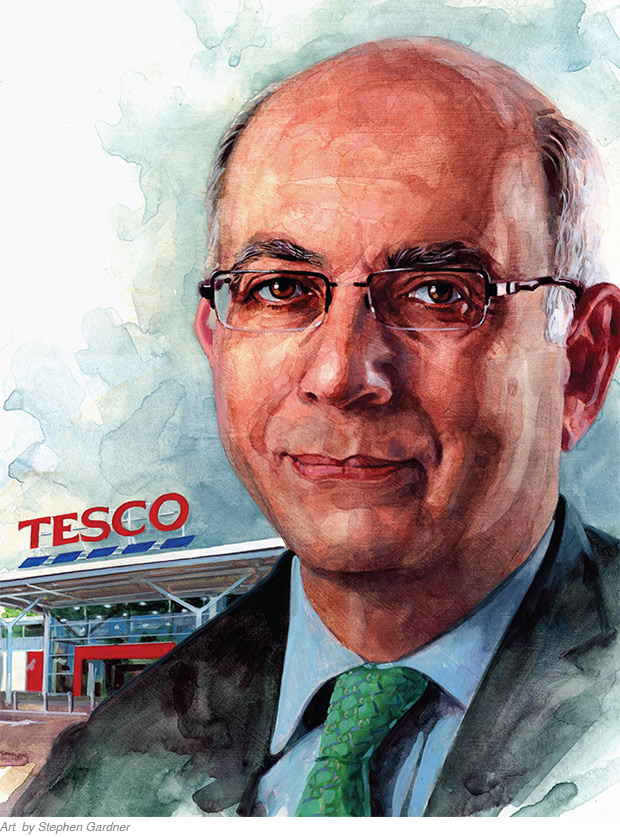The CIO of Tesco Pension Investment (TPI)—which manages the defined benefit assets of the UK’s largest supermarket chain—is two years into an aggressive plan to bring as much investment as possible under its own roof.
“We want what we buy with our £8 billion in assets to be more meaningful and have a greater impact, whilst still having sufficient diversification to ensure that downside risk is well managed. Having outperformed in years one and two, we want to continue outperforming over the long term.
We started with a blank sheet of paper when I joined in late summer 2011. In October we moved into serviced offices with four people—we have since become 44 and are hiring a few more—and received authorisation to manage our own assets from the Financial Services Authority in March 2012. At the end of 2012, just 10% of assets were managed in-house. By the middle of next year, we expect that number to be 65%.

Within our global equities portfolio, Ian King has built a team of six fund managers. They started managing £250 million, and have now brought back £2.5 billion from external fund managers, both passive and active. We are doing the same with bonds. The last person joined the internal fixed income team in December, and in April we started by bringing £200 million in-house.
We are upping our average real estate investment size—from around £4 million to £10 million—making more direct investments, and reducing our overseas property holdings. Two years ago it was 50% international and 50% UK. Why? UK investments produce an inflation-linked income stream that matches our liabilities. We are not frightened of investing outside the usual blue chip properties. We can manage assets and generate excess returns ourselves.
A year ago, we decided to combine the leadership of our real estate and alternatives portfolios (hedge funds, private equity, infrastructure, and ‘other’) under Jenny Buck, as often the lines between assets were blurred. Jenny now looks after everything illiquid. If we believe it’s a good idea, we get it into the fund rather than worry about which department should be taking it on.
We are also building the alternatives team—there was just one person when we started—to let us look at more things and assess whether they are right for the fund. For example, we invested in an investment trust that leased aircraft. It would never have fit in anyone’s ‘bucket’ before.
We work hard to ensure that the trustees are comfortable with our processes. Their external investment consultants carry out a ‘manager selection’ exercise on us on the trustees’ behalf to assess suitability whenever we want to bring another asset class in-house, given that TPI manages a significant proportion of the fund.
We have two benchmarks: The long-term one targets inflation plus 3.5%, the short-term one aims to beat our strategic asset allocation each year. All fund managers know that it is difficult to manage to a relative-return benchmark and an absolute-return benchmark at the same time. Initially, we decided to aim for the short-term one, as our return assumptions led us to expect that the long-term benchmark would be met. We changed our minds subsequently as we developed our processes, which focus on buying long-term quality. We discussed this change of emphasis with the trustees and explained how it fit with our investment style, and they agreed to the switch.
The trustees are supportive but challenging. We work on a ‘no surprises’ basis with them and the external investment consultants to ensure that they have a clear picture of what we intend to do, so that when we ask them for an approval they feel confident with the decision they are being asked to make.
We have a few more people to hire and assets to bring in-house, but we have also just started to work with four new investment managers—we want the trustees to get the best value for money, and we realise this might mean using external companies.”
